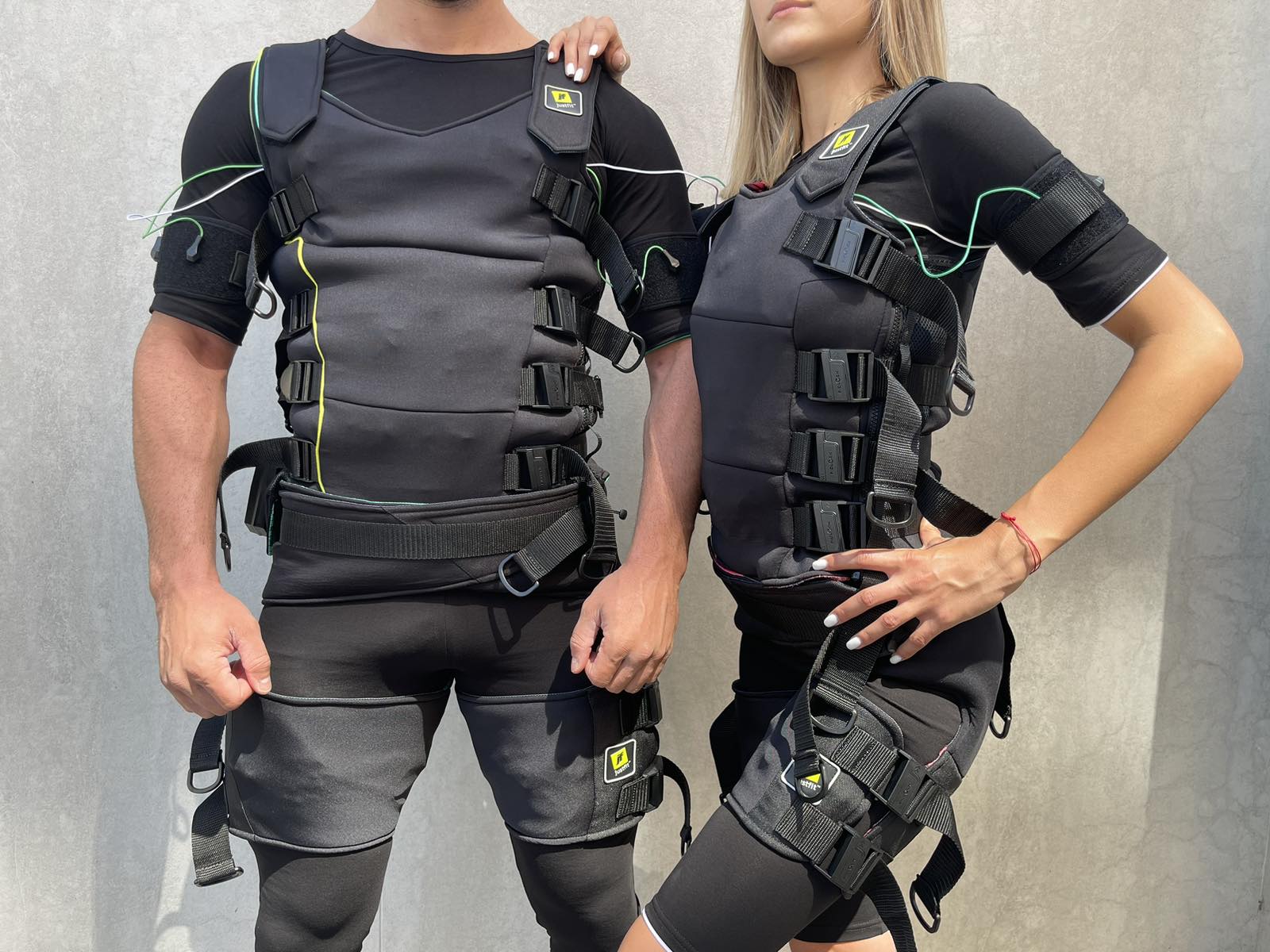Injuries can be a significant setback for athletes, fitness enthusiasts, and even everyday individuals. The road to recovery often seems long and arduous. However, a powerful tool in the rehabilitation arsenal is gaining prominence: Electrical Muscle Stimulation (EMS). This comprehensive guide explores how EMS can accelerate injury recovery, providing you with valuable insights to get back on your feet faster.
Understanding EMS in Injury Recovery
Electrical Muscle Stimulation, or EMS, is a technique that uses low-level electrical currents to stimulate muscle contractions. In the context of injury recovery, EMS serves several crucial functions:
- Maintaining muscle tone and strength
- Improving blood circulation
- Reducing muscle atrophy
- Managing pain
- Enhancing the healing process
The Science Behind EMS Injury Recovery
EMS works by mimicking the natural electrical signals sent by the brain to contract muscles. Here’s how it contributes to faster recovery:
1. Preventing Muscle Atrophy
When an injury prevents normal movement, muscles can quickly lose mass and strength. EMS helps maintain muscle tone by causing controlled contractions, even when the injured area can’t be actively exercised.
2. Boosting Blood Circulation
The rhythmic contractions induced by EMS improve blood flow to the injured area. Enhanced circulation means more oxygen and nutrients are delivered to healing tissues, potentially speeding up the recovery process.
3. Pain Management
EMS can help reduce pain through several mechanisms:
- Stimulating the release of endorphins, the body’s natural painkillers
- Blocking pain signals to the brain (gate control theory)
- Reducing inflammation through improved circulation
4. Neuromuscular Re-education
For injuries affecting movement patterns, EMS can help in retraining proper muscle activation and coordination.
Types of Injuries That Can Benefit from EMS
EMS can be beneficial for a wide range of injuries, including:
- Muscle Strains: EMS can help maintain muscle tone and reduce atrophy during the healing process.
- Ligament Sprains: Improved circulation can aid in the healing of ligament injuries.
- Post-Surgery Recovery: EMS is often used after orthopedic surgeries to prevent muscle wasting and promote healing.
- Tendonitis: The anti-inflammatory effects of EMS can be beneficial for tendon injuries.
- Chronic Pain Conditions: EMS can help manage pain in conditions like fibromyalgia or chronic back pain.
EMS can significantly accelerate injury recovery when used under professional guidance. Ready to speed up your recovery? Speak with an expert today!
How to Use EMS for Injury Recovery
To effectively use EMS for injury recovery, follow these guidelines:
1. Consult a Professional
Always consult with a healthcare provider, physical therapist, or certified EMS trainer before starting EMS therapy for an injury.
2. Choose the Right Equipment
Use an EMS device specifically designed for rehabilitation purposes. Consumer-grade fitness EMS devices may not have the appropriate settings for injury recovery.
3. Proper Electrode Placement
Correct placement of electrodes is crucial for effectiveness and safety. Follow professional guidance or manufacturer instructions carefully.
4. Start Gradually
Begin with low intensity and short duration sessions, gradually increasing as tolerated and recommended by your healthcare provider.
5. Combine with Other Therapies
EMS is most effective when used as part of a comprehensive rehabilitation program, which may include traditional exercises, stretching, and other therapies.
Best Practices for EMS Injury Recovery
To maximize the benefits of EMS in your recovery journey:
Consistency: Follow your prescribed EMS routine regularly for best results.
Stay Hydrated: Proper hydration supports the effectiveness of EMS and overall recovery.
Monitor Progress: Keep track of improvements in pain levels, strength, and mobility.
Listen to Your Body: If you experience increased pain or discomfort during EMS, stop and consult your healthcare provider.
Maintain a Healthy Lifestyle: Support your recovery with proper nutrition, adequate sleep, and stress management.
Potential Risks and Precautions
While EMS is generally safe when used correctly, be aware of these precautions:
- Skin Irritation: Some individuals may experience skin irritation from electrode pads.
- Overuse: Excessive use of EMS can lead to muscle fatigue or soreness.
- Interference with Medical Devices: Those with pacemakers or other implanted electrical devices should avoid EMS.
- Pregnancy: Pregnant women should consult their doctor before using EMS.
Conclusion
Electrical Muscle Stimulation offers a promising approach to accelerating injury recovery. By maintaining muscle strength, improving circulation, managing pain, and supporting the body’s natural healing processes, EMS can be a valuable tool in your rehabilitation toolkit. However, it’s crucial to use EMS under professional guidance and as part of a comprehensive recovery plan. With the right approach, EMS can help you return to your active lifestyle faster and stronger.
Remember, every injury is unique, and recovery times can vary. Always follow the advice of your healthcare providers and listen to your body throughout the recovery process. Contact us to speak with an EMS expert today!




